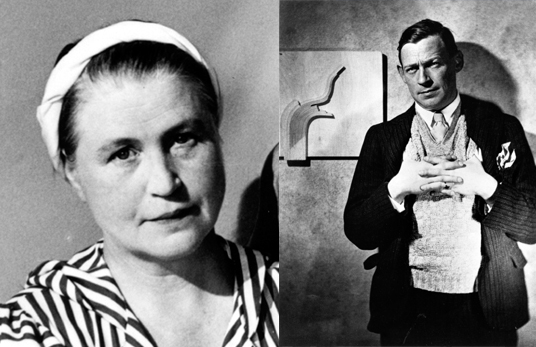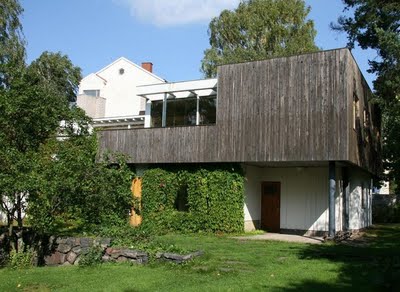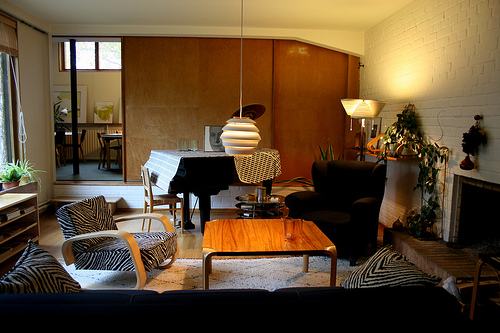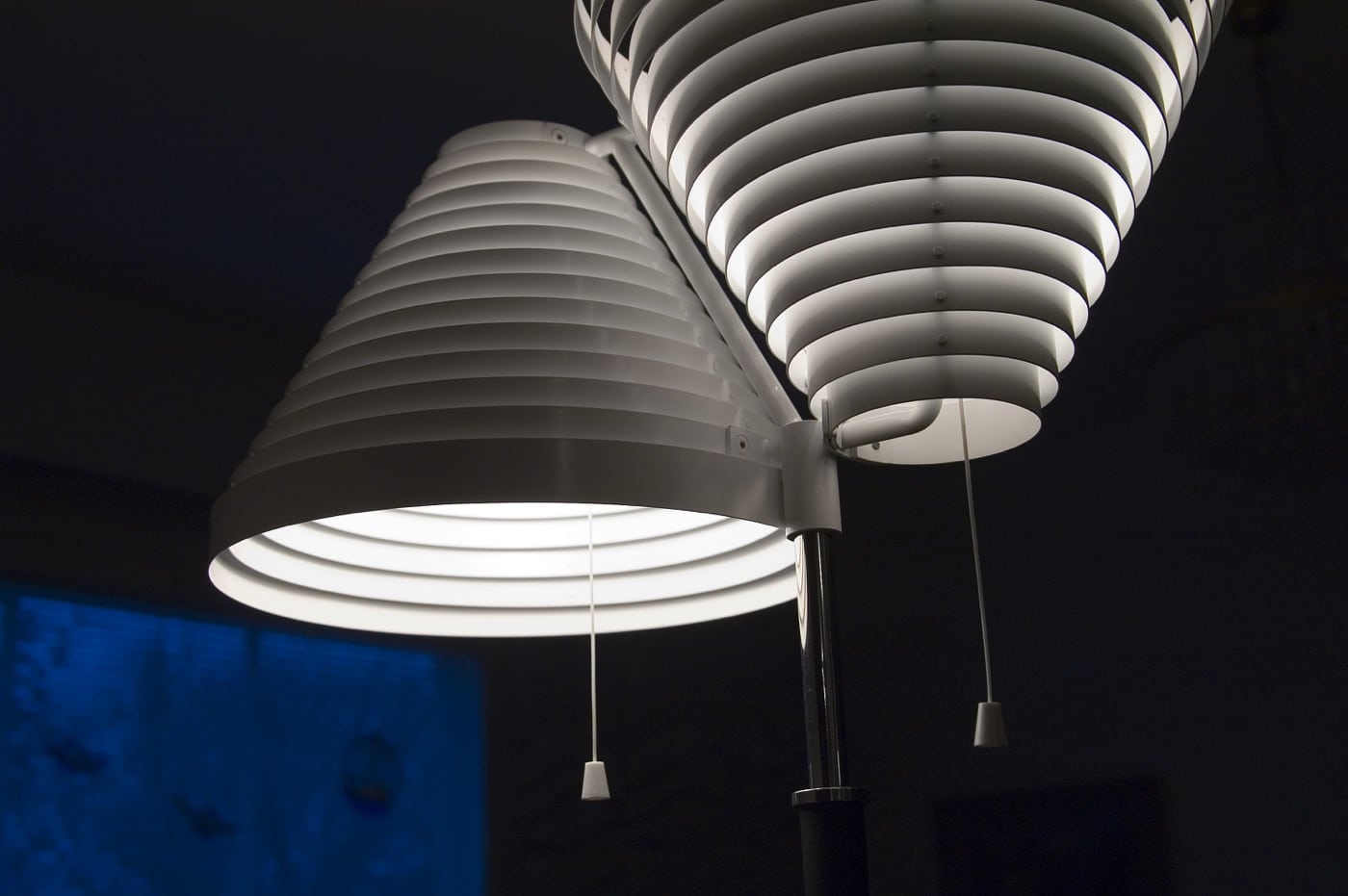
Caution: the out of the box creativity infused in Finland’s design aesthetic may lead to an inferiority complex. Side effects could include gasping in awe followed by sudden, uncontrollable curiosity. Lucky for you, Finland’s renowned design superstar, Alvar Aalto, was used to designing with medical criteria in mind. After his success with the Paimio Tuberculosis Sanatorium, Alvar became a significant figure in Finland’s vast history of venerable creators. His legacy of architectural feats and prominent works are displayed at the Alvar Aalto Museum in Jyväskylä, Finland, where there are more buildings designed by him than in any other city. His own home in Helsinki is also open to the public, giving tourists and visitors alike an insightful perspective into the life of the revolutionary designer.
With a career spanning from the 1920s to the 1970s, Aalto dabbled in Nordic Classicism, functionalism, and organic modernism. In 1928, he won a competition to be the architect, interior designer and furniture designer for the Paimio Tuberculosis Sanatorium. While respecting the patients’ needs, Aalto adopted principles of user-friendly yet functional design coupled with organic forms and natural materials. The daring aesthetic opened Finland’s eyes to modernism and launched Aalto’s international career. Aalto constructed other prominent architectural endeavors such as the Aalto-Theater Opera House in Germany and the Kunsten Museum of Modern Art in Denmark.

Located on the shores of Lake Jyväsjärvi in Finland, three hours from Helsinki, the Alvar Aalto Museum serves as a showcase for his works and exploits. Designed by Aalto himself in 1973, the museum plays with the delicate element of light in a multitude of ways: the soft-colored ceramic tiles on the museum’s exterior gleaming in the sunlight, the cascading light from skylights and a series of open-air reflecting pools. The rooms are both bright and intimate, with close-quartered chambers swathed with natural light. Although the museum is home to a number of artistic groups, including one that strives to preserve Aalto’s buildings, the museum’s main gallery always features a handful of Aalto’s works, switching exhibitions from time to time in order to showcase the different nuances of his work.
Even Aalto’s home is a wonderment of architectural finesse and exquisite design. About three miles outside Helsinki city centre, it’s modest and austere from the outside. But inside, the house is both a comfy home and an elegant design feat. Aalto focused on the right orientations for different rooms, especially in regards to light and window views. The house is open to the public for limited hours, and the informal tours take place every hour during the afternoon.

Whether it is complex or on the simple side, Alvar Aalto’s works exude a sense of artistry. The echo of Aalto’s futuristic and forward aesthetic still influences many Finnish designers today, culminating in Helsinki being named the World Design Capital for 2012. Finland’s future may have more innovative designers in store but Aalto captured what was and still is the lexicon for anyone with an eye on a career in the design arts.
[alert type=white]
Alvar Aalto Museum:
www.alvaraalto.fi/aaltomuseum.html
Paimio Tuberculosis Sanatorium:
www.alvaraalto.fi/net//paimio/paimio.html
Alvar Aalto’s Home:
www.alvaraalto.fi/aaltohouse.htm
[/alert]

